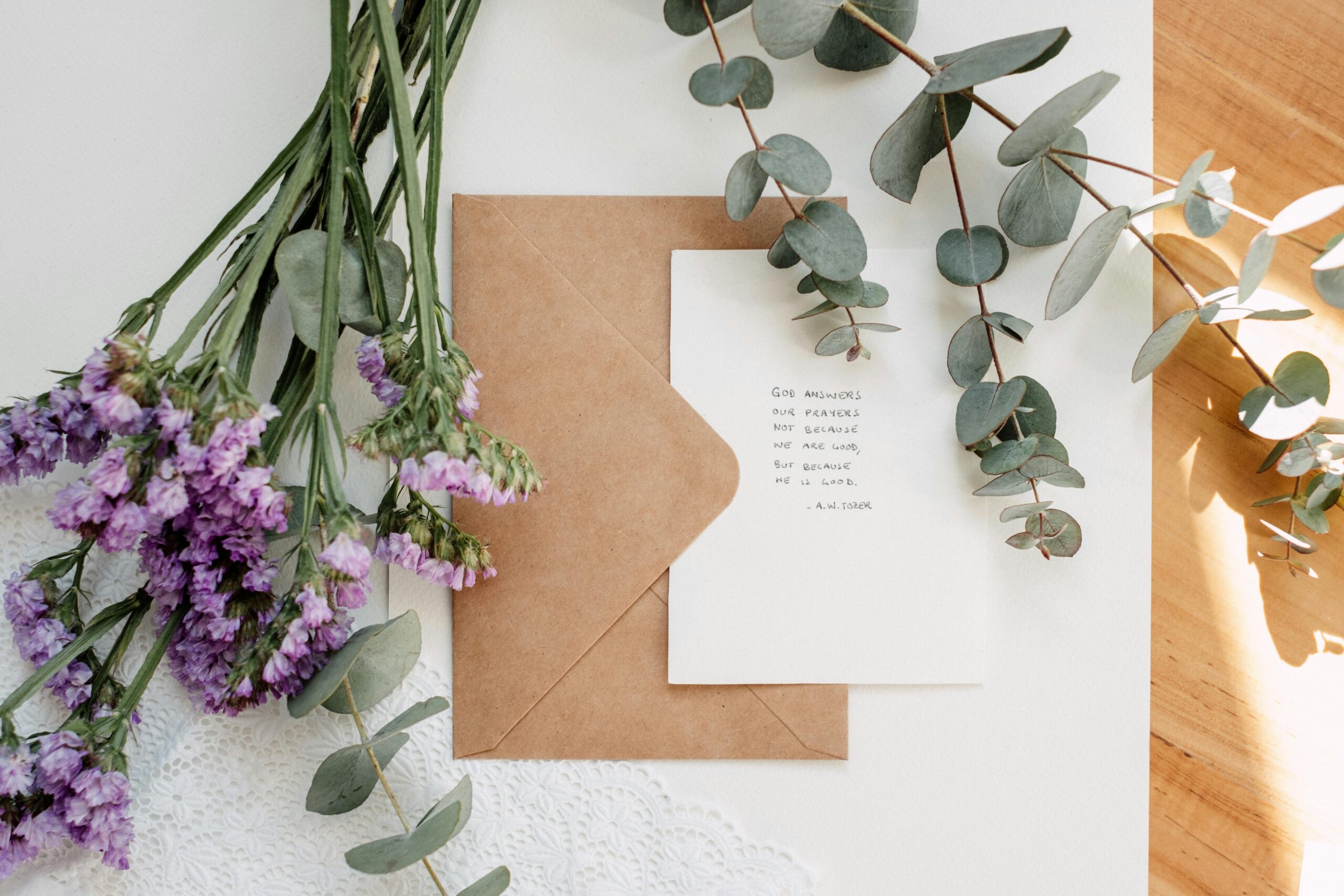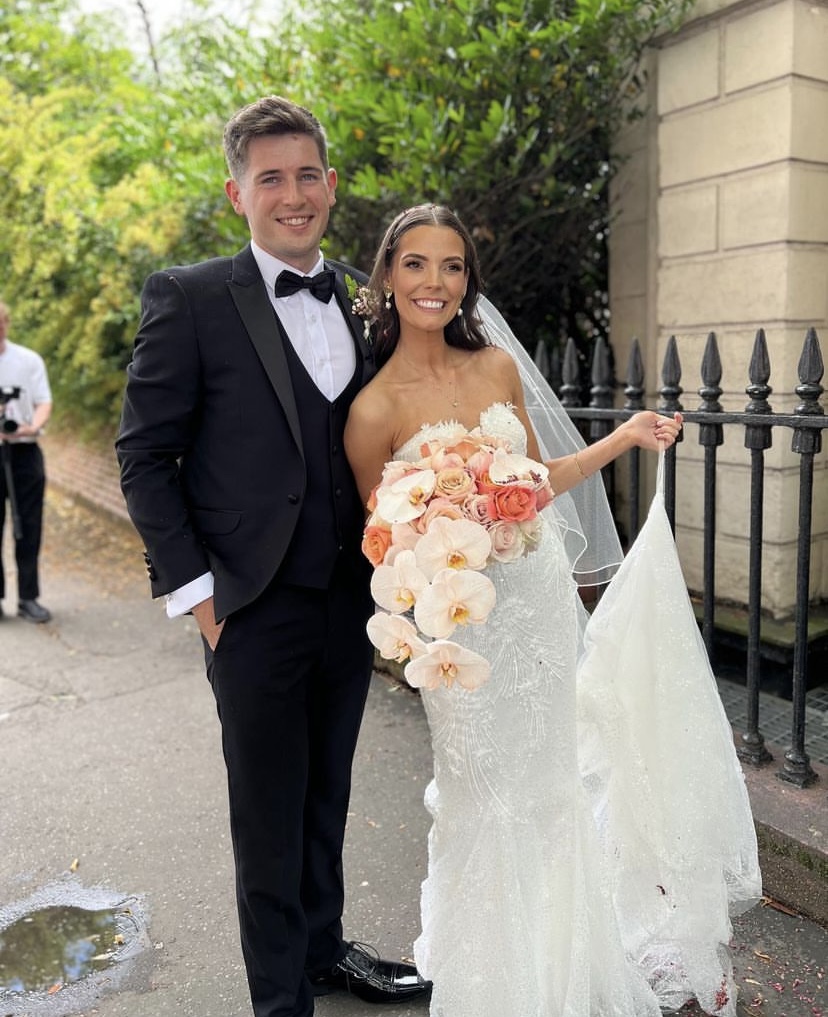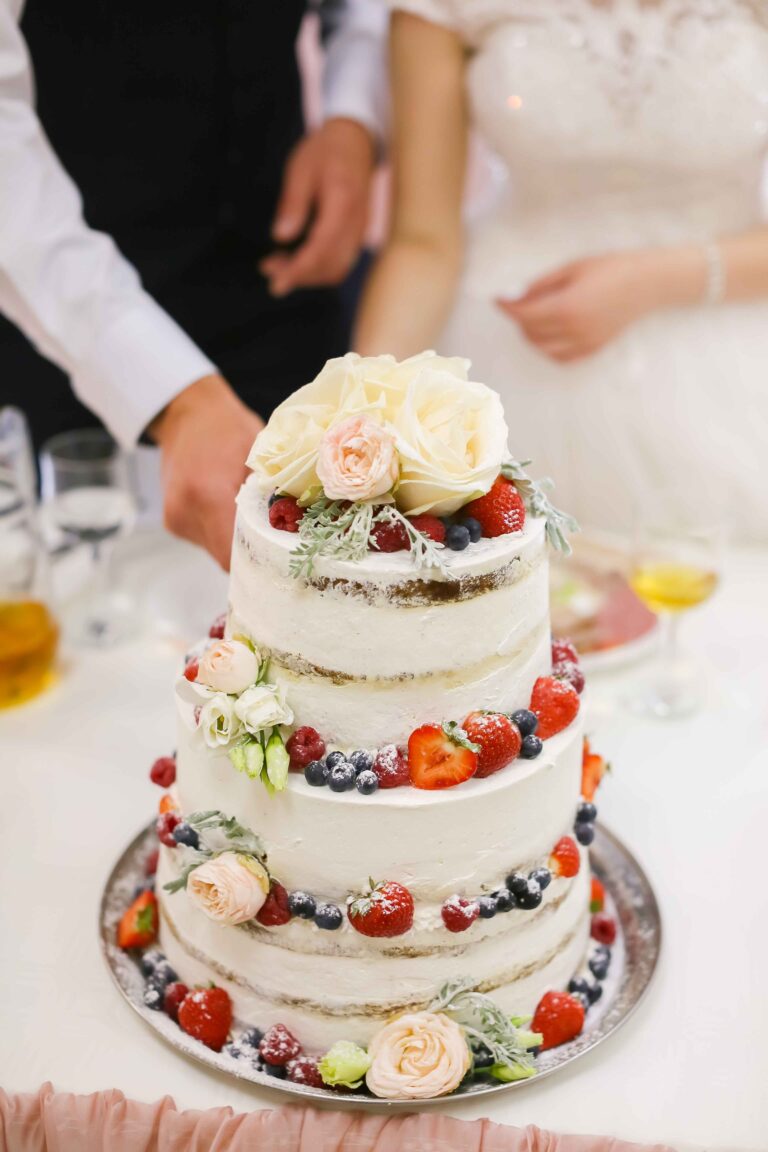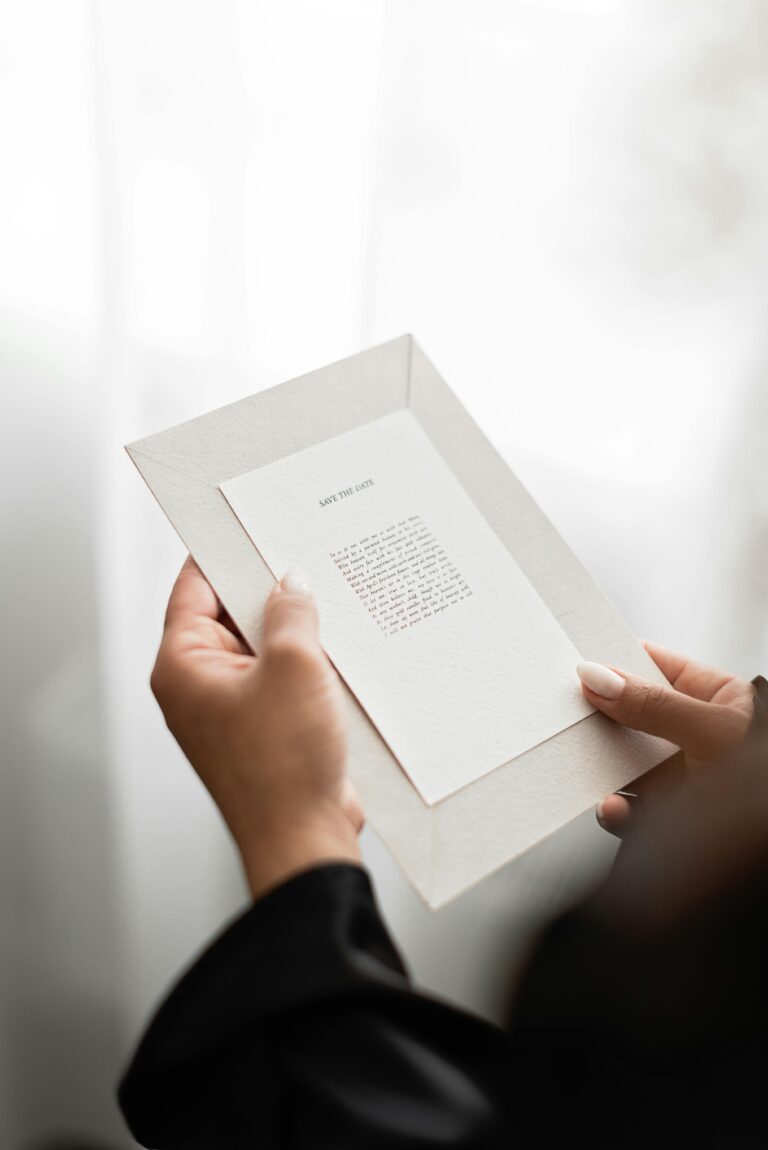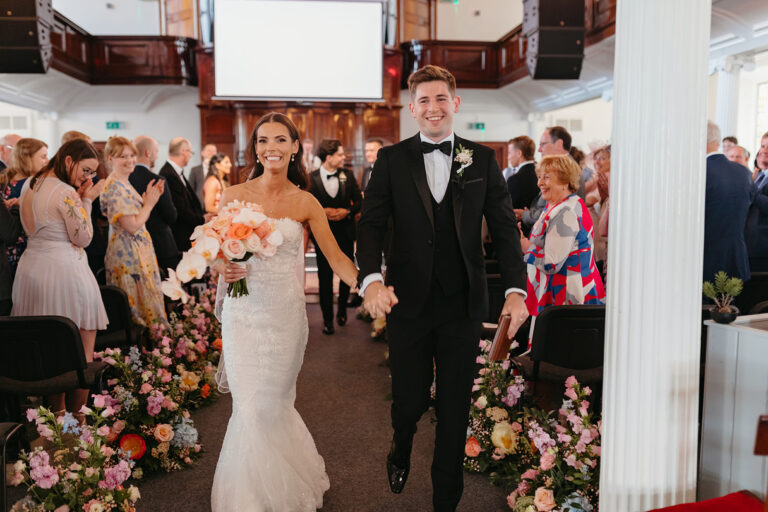Wedding Invitations Etiquette: A Complete Guide
Planning a wedding involves countless details, but one of the most critical aspects is getting your invitations just right. They set the tone for your big day and ensure your guests have all the information they need.
Here’s everything you need to know about wedding invitation etiquette to make this part of your planning smooth and stress-free.
When to Send Wedding Invitations?
Ideally, you should send them out about 6 to 8 weeks before the big day. This timeline gives your guests ample time to RSVP and make any necessary travel arrangements. For destination weddings or during busy holiday seasons, consider sending them out even earlier, around 3 to 4 months in advance.
You might wonder, how far in advance do you send wedding invitations? If you’re hosting a larger event or have many out-of-town guests, giving them a heads-up with a save-the-date notice 6 to 8 months ahead of time can be a thoughtful gesture. This extra notice helps your guests plan ahead and ensures they don’t miss your special day.
Cultural and seasonal factors can also influence your timing. For example, if you’re planning a wedding around major holidays or in a busy season, sending invitations earlier can help avoid scheduling conflicts. For more on timing, check out our wedding invitation timeline below.

What to Include on Wedding Invitations?
Crafting the perfect wedding invitation involves more than just choosing a pretty design. So, what do wedding invitations say? Here’s a quick checklist of essential details:
- Names: Clearly state the names of the couple.
- Date and Time: Include the full date and time of the ceremony.
- Venue: Provide the name and address of the location.
- Dress Code: If there is a specific attire required, mention it.
- RSVP Instructions: Let guests know how and by when they should respond.
Clarity is key. Ensure that your invitation is concise and straightforward to avoid any confusion. We’ve dropped a practical example below:

How to Address Wedding Invitations?
Addressing wedding invitations properly is crucial. So, how do you address wedding invitations? Here’s a quick guide:
- Single Guests: Use “Ms. Jane Smith” or “Mr. John Doe.”
- Couples: List them as “Mr. and Mrs. John Smith” or “Jane and John Smith.”
- Families: Include the entire family, e.g., “The Smith Family.”
- Guests with Titles: Use their appropriate titles, e.g., “Dr. Jane Smith.”
Common mistakes to avoid include using incorrect titles or informal names. Double-check spelling and ensure accuracy to make your invitations look polished.
Wedding Invitation Wording
The wording of your invitation sets the tone for your wedding. Here’s how to word wedding invitations effectively:
- Formal Weddings: Use phrases like “Request the honor of your presence” and include formal titles.
- Casual Weddings: You can use a more relaxed tone like “Join us for a celebration” or “We’re getting hitched!”
When mentioning gifts, be tactful. Instead of listing a gift registry, consider a simple line such as “Your presence is present enough” or “Gifts are optional.”
For evening weddings, be specific, e.g., “Evening Reception to Follow.”
Whose Name Goes First on Wedding Invitations?
Deciding whose name goes first on wedding invitations can be a tricky choice. Traditionally, the bride’s name appears first, but modern practices are more flexible. Whether you choose to list the bride’s name first, the groom’s name, or even both names equally, make sure it reflects your preferences and family dynamics.
For same-sex couples or non-traditional arrangements, it’s entirely up to you and your partner. Just ensure that the order feels right for you.
RSVP and Additional Information
RSVPs are a crucial part of the invitation process. So, when do you send out wedding invitations with RSVP cards? Include RSVP cards with your invitations and request responses by about 3 to 4 weeks before the wedding.
It’s also important to distinguish between save-the-date notices and formal invitations. Save-the-dates are typically sent 6 to 8 months prior to the wedding and provide a preliminary notice, while formal invitations should be sent closer to the event and include all the details.
To encourage prompt responses, consider including a pre-addressed, stamped RSVP envelope.
Special Considerations for Wedding Invitations
For evening weddings, send out invitations 6 to 8 weeks in advance, similar to daytime weddings. However, you might want to specify the time and additional details like dress code or reception specifics more clearly.
When mentioning gifts on invitations, keep it subtle. A polite line like “Your presence is our gift” helps avoid any awkwardness.
Conclusion
Getting your wedding invitations right is a big step in planning your perfect day. By following these guidelines and paying attention to timing, wording, and addressing, you’ll ensure your guests have all the information they need while setting the right tone for your celebration.
Remember, your wedding invitations are a reflection of your special day, so make sure they’re both beautiful and informative. Happy planning!

